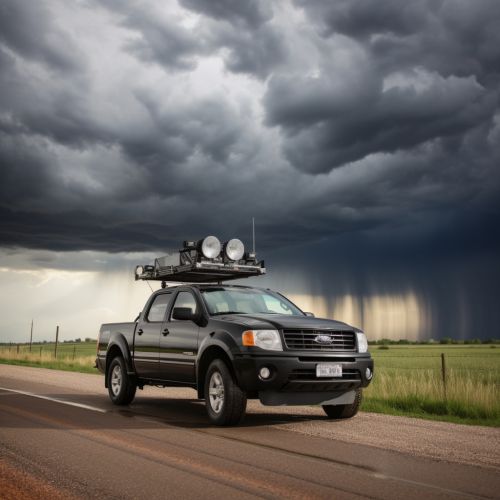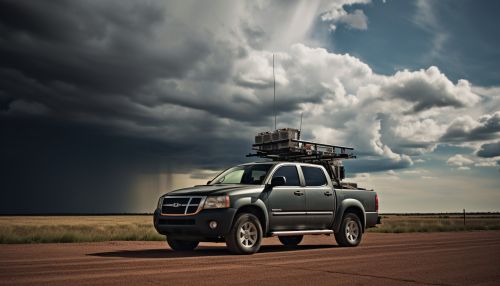Storm Chasing
Introduction
Storm chasing is a pursuit that involves tracking severe weather conditions such as tornadoes, hurricanes, and thunderstorms. This activity is typically conducted by meteorologists, weather enthusiasts, researchers, and photographers who aim to study weather patterns, gather data, or capture dramatic images and videos.


History
The practice of storm chasing has its roots in the mid-20th century, with the advent of radar technology and the increasing interest in meteorology. The first documented storm chasers were meteorologists from the National Severe Storms Laboratory (NSSL) in the United States, who began tracking tornadoes in the 1950s and 1960s to study their formation and path.
Techniques and Equipment
Storm chasers use a variety of techniques and equipment to track and study severe weather. This often includes the use of radar to monitor storm development, Global Positioning System (GPS) for navigation, and various meteorological instruments to measure atmospheric conditions.
Safety and Ethics
Despite the thrill and scientific value of storm chasing, it is a pursuit that carries significant risks. Storm chasers must adhere to a strict code of ethics to ensure their safety and the safety of others. This includes maintaining a safe distance from storms, respecting private property, and not interfering with emergency services.
Impact on Science and Society
Storm chasing has contributed significantly to our understanding of severe weather phenomena. The data collected by storm chasers has been instrumental in improving weather prediction models and warning systems, thereby helping to save lives and property.
